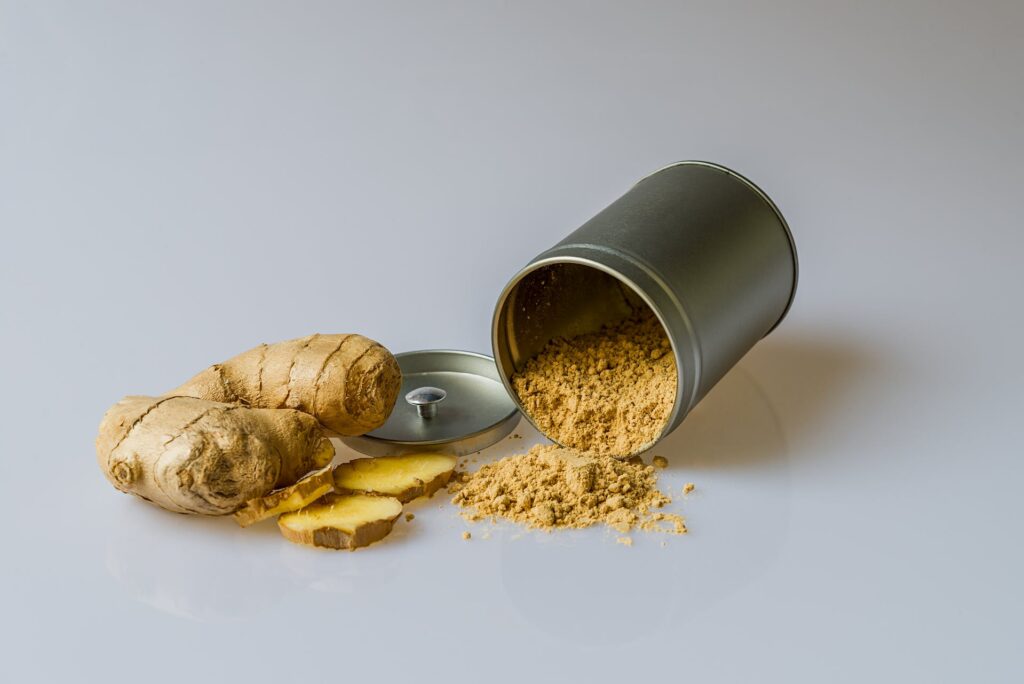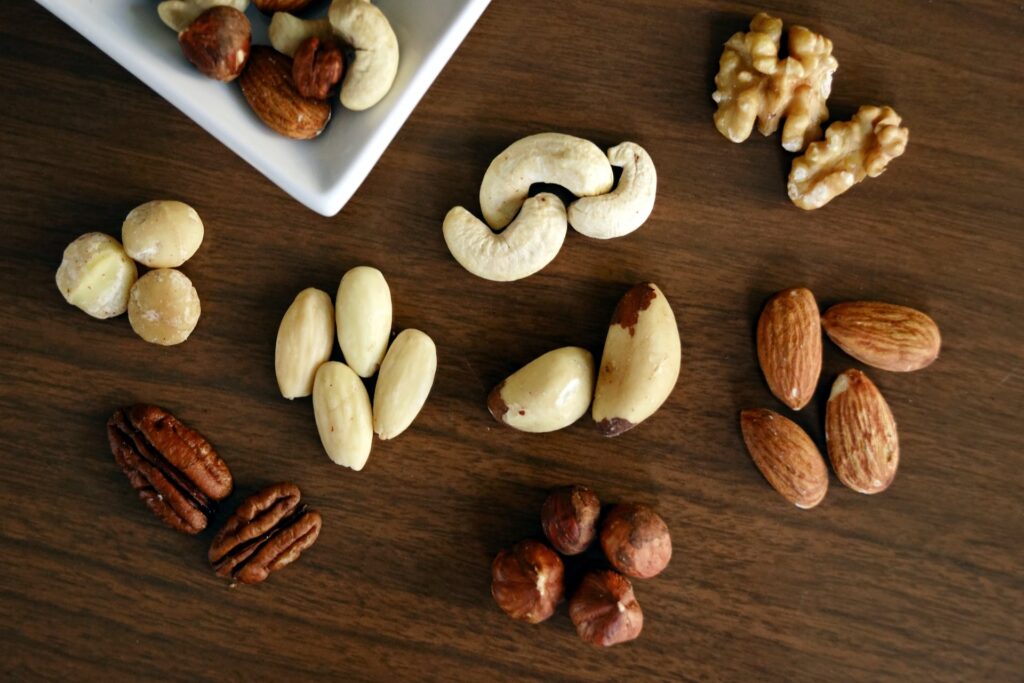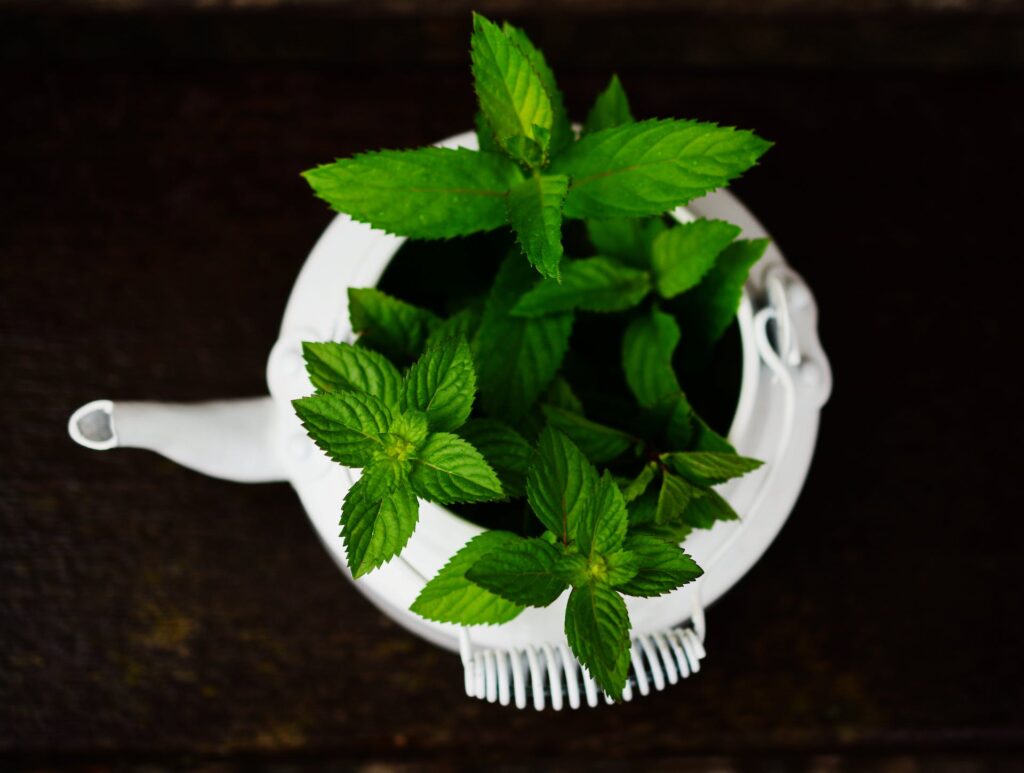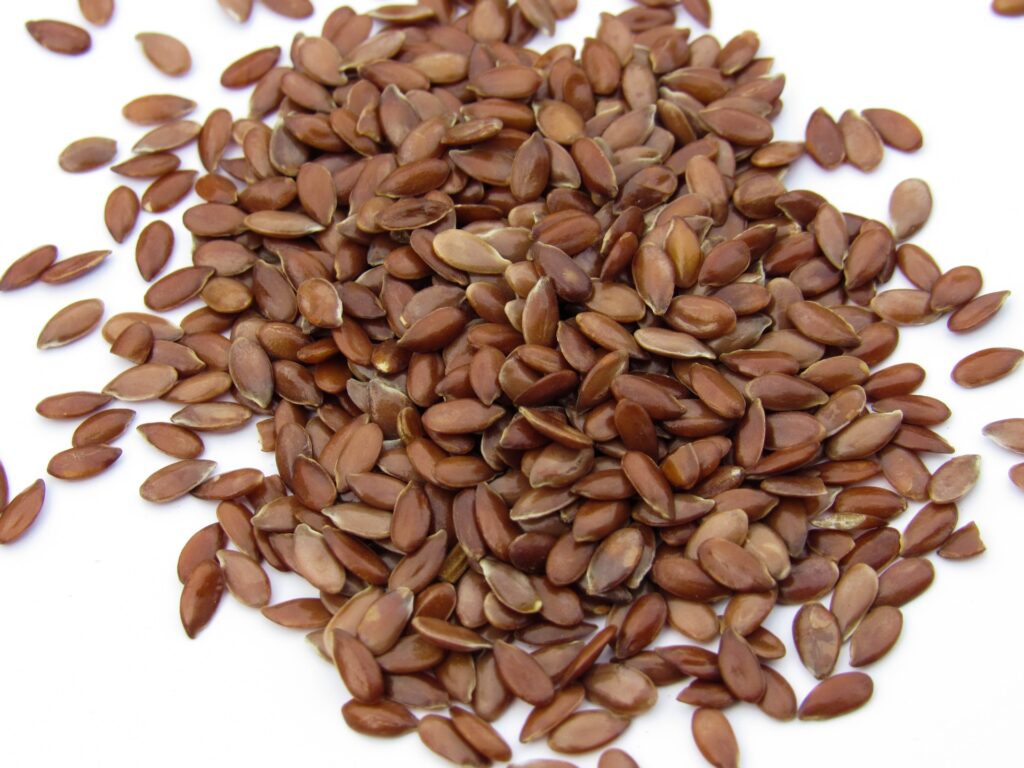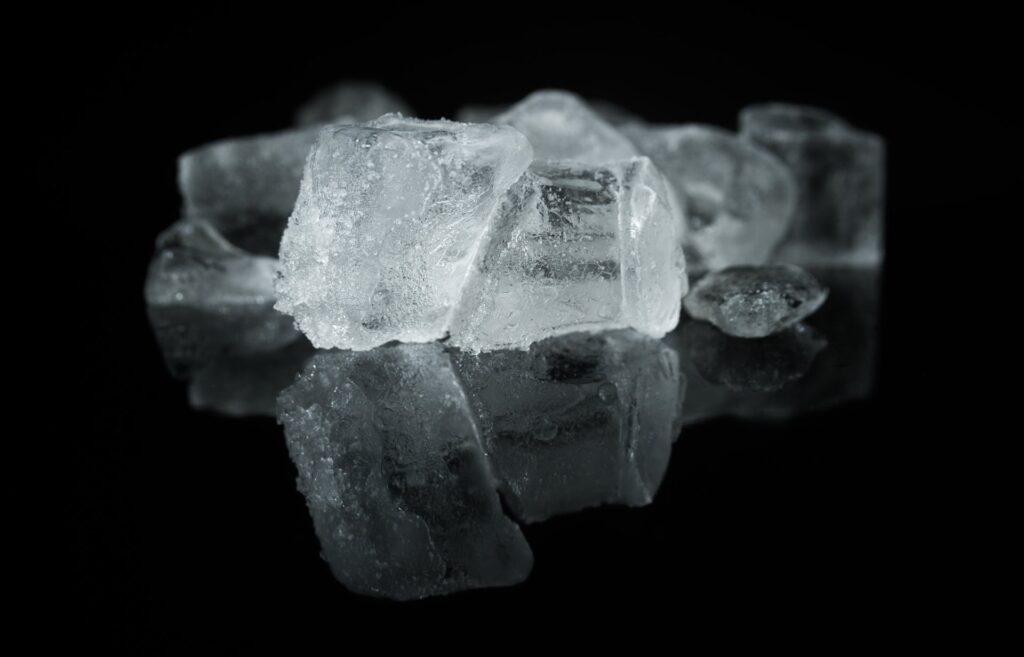As soon as I hear the name of migraine, the shadow of a mental headache starts looming over me, which is a proof of the deep fear that exists within me towards this disease, and the reason for that fear is my today’s topic “Home Remedies for Migraine”. This fear dates back to my childhood, around the age of 10-12, when my younger brother used to struggle with this mysterious condition. I have seen him endure the ordeal of migraine pain, which caused a lot of suffering not only to him but to our mother as well.
Picture it this way – most mornings, when he woke up from sleep, an unfamiliar and unbearable pain gripped his head, leaving him unable to open his eyes. Sometimes, the discomfort increases to extremes, causing not only discomfort but also nausea. Watching his struggle, I saw my mother also sharing his suffering. The tender and unbreakable bond between mother and son meant that she too felt the weight of his pain. Imagine how painful the mornings of his childhood were.

This painful chapter continued for about 5-6 years until relief was finally achieved by continued treatment. Still, the ghost of migraine continued to loom, and it affected not only my brother but also my brother-in-law and a friend of mine living next to me. Their shared pain forced me to understand the complexities of this disease.
As a result, my exploration has led me to a series of home remedies aimed at reducing the suffering caused by migraines. So, my dear and near ones, today through this article I am revealing to you our secret topic – Home Remedies for Migraine.
What is migraine?
A migraine isn’t just any headache – it’s an experience of intense throbbing or throbbing pain, usually felt on one side of the head. This formidable foe brings along unwanted companions such as nausea, vomiting and increased sensitivity to light and sound. These migraine attacks are not fleeting; They may remain immobile for hours to days, disrupting the flow of daily life with their debilitating pain.
Adding the element of anticipation, some individuals experience a precursor called an “aura” before or during the onset of a migraine. This warning sign may manifest as visual disturbances, such as flickering lights or blind spots, or other sensations such as tingling in the face, arms, or legs and difficulty speaking.
By dealing with this neurological challenge, medications can play an important role in preventing and reducing the severity of migraine. Finding the right combination of self-help strategies and lifestyle adjustments along with some natural and home remedies for migraine can potentially provide relief.
Main causes of migraine:
Migraines are caused by specific brain activity, triggered by a variety of factors. The exact sequence of events in this process is not fully understood, but most experts believe it initiates in the brain, involving nerve pathways and chemicals that influence blood flow in the brain and nearby tissues. Migraines usually begin between the ages of 10 and 45. There is also a familial connection, as migraines often run in families. Interestingly, women are more prone to migraine than men. Additionally, some, but not all women experience a decrease in migraine frequency during pregnancy.

Migraine attacks can be set off by any of the following:
- Loud noises or intense lights
- Altering sleep routines, like not getting sufficient sleep
- Withdrawal from caffeine
- Fluctuations in hormone levels during a woman’s menstrual cycle or with the use of birth control pills
- Consuming an excess of alcohol
- physical stress
- Missed meals
- Odors or perfumes
- Smoking or exposure to smoke
- Stress and anxiety

Certain foods can also trigger migraines, with the most common being:
- Chocolate
- Dairy foods, especially certain cheeses
- Foods with monosodium glutamate (MSG)
- Foods with tyramine, which includes red wine, aged cheese, smoked fish, chicken livers, figs, and certain beans
- Fruits (avocado, banana, citrus fruit)
- Meats containing nitrates (bacon, hot dogs, salami, Preserved meats.)
- Processed, fermented, pickled, or marinated foods
Main symptoms of migraine:
Migraine is different for everybody, it affects both youth and adults. It is very important to understand its symptoms. It manifests in 4 phases: prodrome, aura, attack, and post-drome. It’s worth noting that not everyone who experiences migraine will go through each stage.
Let us understand these stages in detail:
Prodrome
Several hours before or a day or two before the headache, you may notice subtle changes that indicate an impending migraine. About 60% of people who experience migraine go through the following symptoms:
- Being sensitive to light, sound, or smell
- Tiredness
- Food cravings
- Stiff neck.
- Mood changes, ranging from depression to euphoria
- Strong thirst
- Excess fluid in the body
- Swelling
- Increase in urination
- Constipation or diarrhea
Aura
Before or during a migraine, some individuals may experience aura – temporary and reversible symptoms related to the nervous system. While generally, visual aura can also bring other disturbances. Each symptom usually starts slowly, develops over a few minutes, and can last for about an hour. Originating from the nervous system, these symptoms often affect vision.
During this time, you may experience the following things:
- Witnessing black dots, wavy lines, flashes of light, or experiencing things that do not actually exist (hallucinations).
- experience a narrowed field of vision
- you won’t be able to see
- Hear bells ringing in your ears.
- inability to speak clearly
- Sensation of weight or heaviness in your arms and legs
- feeling tingling or numbness on one side of your body
- Observe alterations in smell, taste, or touch
Attack
A migraine starts like a quiet drum beat, then turns into a throbbing feeling, especially if you’re up and moving around. The pain may spread around – from one side of your head to the other, perhaps settle on the front, or simply spread throughout your neck.
Imagine that 8 out of 10 people feel discomfort when this headache comes on, and almost half of them may even throw up their cookies. You may go a little pale, sweat a little, or feel like you are going to vomit.
Most migraines resolve after about 4 hours, but if left untreated, the original migraine may last for about 3 days. On average, people suffer from migraines two to four times every month. Some people have these head-pounders every few days, while others may only be hit with them once or twice a year. This varies from person to person.
In this stage of migraine, you may:
- Pain typically occurs on one side of your head but may also manifest on both sides.
- Throbbing pain.
- Heightened sensitivity to light, sound, and occasionally smell and touch.
- Nausea and Vomiting.
Post-drome
After a migraine episode, you may experience a feeling of fatigue, nervousness, and exhaustion for about a day. Some people also report a feeling of euphoria. Even a sharp movement of the head can trigger the pain once again.
Symptoms include:
- Feeling tired, fatigued, or irritable
- Feeling unusually refreshed or happy
- Muscle pain or weakness
- Craving for food

Home Remedies for Migraine:
If you find yourself experiencing frequent headaches or migraine episodes, you may be curious about ways to prevent them or at least reduce the pain and other symptoms. Even if your doctor has given you medications or other treatments, there are some additional steps you can take yourself. As natural and home remedies have proven to be very effective in relieving pain like migraine.
Although home remedies and lifestyle changes may not be a magic cure for all headaches or migraines, they can certainly complement the treatments prescribed by your doctor.
Understanding what causes your headaches or migraines can guide you in finding natural and home remedies that can help stop them. So, it’s like getting a little extra help for you when it comes to managing these headaches.
Here are some Home Remedies for Migraine:
Drink water
To keep those pesky headaches at bay, befriend your water bottle, especially if you’ve had problems with vomiting during a migraine. Drinking water not only helps prevent dehydration but can also prove to be a panacea in managing headaches caused due to lack of fluids. Don’t limit yourself to just water; Juice and soup are also on the team. Just be careful to avoid any drinks that could trigger your migraine.
Not getting enough water can cause headaches, and studies have supported this. But dehydration has effects beyond just headaches — it can impair your concentration and turn you irritable, making your symptoms even worse.

However, there is good news! Research shows that increasing water intake could be a superhero move to reduce how often headaches occur, how long they last, and how intense they become.
To avoid those dehydration headaches, keep drinking water throughout the day and eating water-rich foods like fruits and vegetables. Stay hydrated, and your head may thank you!
Ginger
In 2021, a review of three clinical trials showed that the use of ginger is also effective in treating individuals suffering from migraine. This means that based on the findings of these trials, adding ginger to your daily routine may be a helpful and safe way to manage migraine symptoms. Rich in various plant-based compounds, ginger appears to be a leader in effectively managing headaches. If you want to try it, making ginger tea is an easy way to do it.
Simply add some freshly crushed ginger to boiling water, let it boil for a bit, strain it and there you have it – a soothing cup of ginger tea is ready to help ease migraine pain. You can add honey or jaggery to enhance the taste but remember, always reduce the quantity of sweets.
You can also use its dry powder if you do not have fresh ginger.
Incorporate Magnesium into your diet.
Not having enough of the vital mineral magnesium can cause migraine aura or headaches during menstruation. Magnesium deficiency is linked to both headaches and migraines. Taking magnesium oxide supplements may be a helpful way to avoid migraine with aura.
In fact, a study from the NATIONAL HEADACHE FOUNDATION showed that taking 500 mg of magnesium oxide twice a day for 8 weeks was as good as the drug valproate sodium at preventing migraines, and it caused no major side effects.
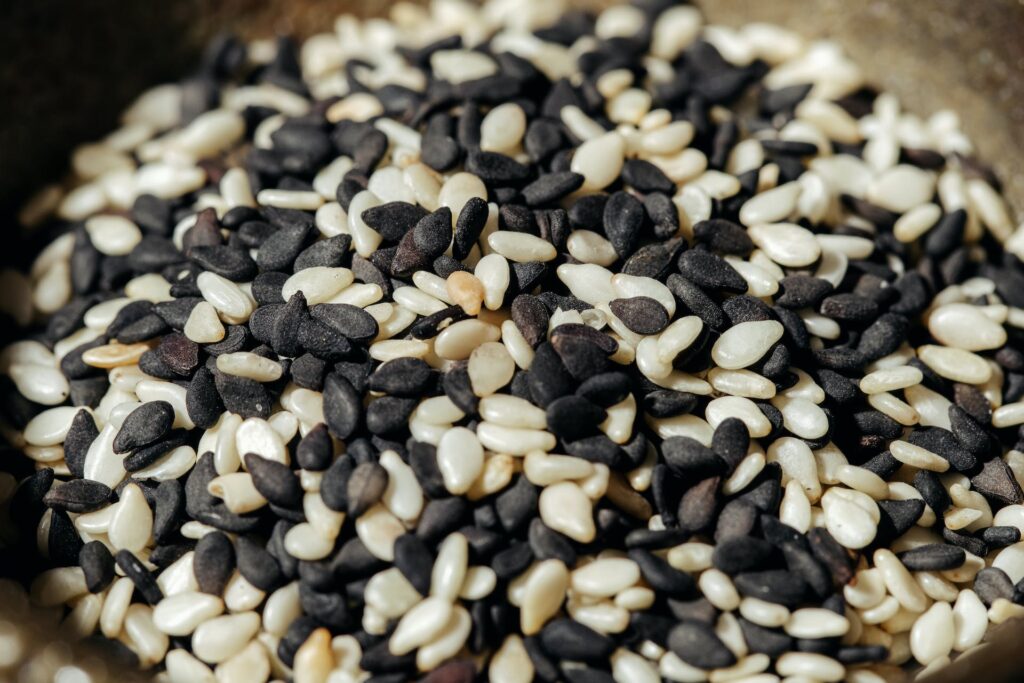
To increase your magnesium levels, consider adding foods like these to your diet:
- Almond
- sesame and sunflower seeds
- brazil nuts and cashews
- peanut butter
- Oatmeal
- eggs
- Milk
Chamomile
Harness the power of aromatherapy with chamomile oil to combat those dreaded migraine symptoms. Chamomile doesn’t stop there – it can also provide relief from the nausea that often accompanies migraines. To put this into action, take some chamomile oil, heat it, and breathe in the soothing vapors using a vaporizer.
Another option is to make a relaxing cup of chamomile tea. Just boil a handful of dried chamomile flowers in one and a half cups of water, and let it boil until one cup of water remains. Now strain it into a cup, add a little honey or jaggery to taste, and there you have it – a delightful cup of chamomile tea is ready to drink and provide relief from migraine pain.
If you do not get Chamomile flowers, then readymade bags of its tea are also available in the market, you can use that too.
Caffeine
Tea, coffee, and some herbs like guarana berry are rich in caffeine. Now, caffeine can be a little tricky – it can either reduce or increase migraine symptoms. In fact, caffeine has different effects according to everyone’s body. So, the suggestion here is to consume caffeine with caution. If you decide to bring it into the picture, starting with a small amount may be your safest bet. It’s like testing the waters to see what works best for you and your migraines.
Anyone can make and enjoy tea or coffee based on their preferences. There’s no particular or exclusive method for preparing them.
Here’s a tip: When it comes to tea or coffee, take your time. Find a quiet and comfortable environment to enjoy it, preferably in a dimly lit room. Enjoying your drink at this leisurely pace can provide a psychological boost, making the experience doubly enjoyable. It’s not just a drink; This is a moment to relax and enjoy the peace.
Peppermint
Peppermint, in various forms such as oil, vapor and extract, has been proven to provide relief in cases of migraine. The soothing properties of peppermint can help ease the headaches that often accompany migraines. To get the most benefit from peppermint oil, heat it and inhale the calming vapors using a vaporizer. Alternatively, a cup of soothing mint tea can be consumed by boiling mint leaves in water. Let the mixture boil for some time, then pour it into a cup. This is a simple yet effective way to take advantage of the potential benefits of peppermint for migraine relief.
And the best thing is that it is an easily available herb.
Include Omega-3 Fatty Acids in your diet.
Omega-3 fatty acids are like superheroes that your body can’t make on its own, but we need them in abundance. You can find them in certain foods such as wild cold-water fish (salmon, cod, and tuna), flaxseeds, walnuts, and omega-3-fortified eggs.
These fatty acids are not only good for the heart; They also bring some potential benefits for migraine sufferers. Studies show that omega-3s have anti-inflammatory and anti-clotting effects, potentially protecting against heart disease and stroke. But here’s an exciting thing for people who suffer from migraines – increasing your intake of omega-3-rich foods may provide some relief.
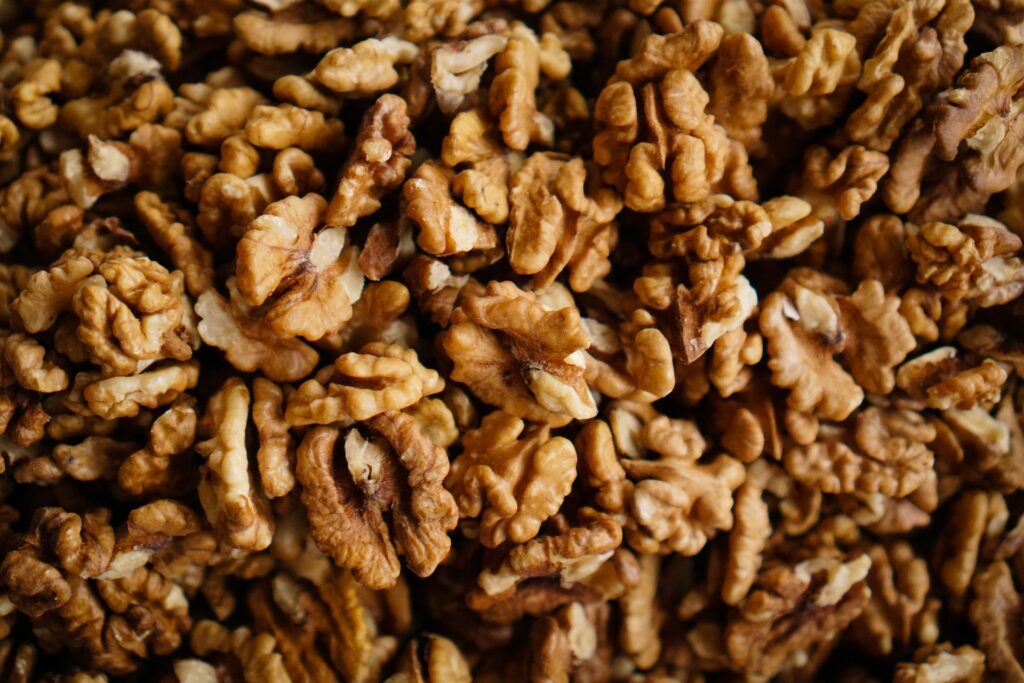
There is another player in this game – omega-6 fatty acids. You can find them in processed foods along with corn oil, flax seeds, pumpkin seeds, pine nuts, and pistachios. Striking a balance between omega-3s and omega-6s appears to be important. One study found that increasing omega-3 intake along with reducing omega-6 fats provided better headache relief than reducing omega-6 intake alone.
Massage
Getting a massage can be a game-changer when it comes to dealing with migraines. Migraines are often linked to low levels of serotonin in the brain, and guess what? Massage has the magical ability to boost serotonin. While the scientific support for using massage specifically for migraine is somewhat limited, it is generally safe and has minimal risk of side effects. If you’re wrestling with stress or the discomfort of migraines, treating yourself to a tender neck and shoulder massage with lukewarm oil and gentle hands can truly perform magic. And as a delightful bonus, it has the power to tame stress.

For those willing to take a DIY approach, take a clean tennis ball, stand in front of a wall and swing it around while applying a little pressure to your shoulders and back. It’s like a mini massage session that you can do for yourself. And for those who prefer a pro touch, a professional massage may be just the ticket to migraine relief.
Cool It Down
For a soothing relief from migraine pain, place an ice pack on your forehead, scalp, or neck. While experts may not have the complete answer on why it works, one part of the magic could be linked to reducing blood flow. Alternatively, you can experiment with a frozen gel pack or a washcloth that’s been cooled by rinsing it in cold water. It’s like a chill session for your head, providing a refreshing way to tackle migraine discomfort.
Few more tricks to ease the pain of migraines:
- Stress management
- Take proper rest and Sleep well
- Acupressure May Help Relieve Tense Muscles
- Avoiding Loud noises, bright lights, and strong smell
- Find a calm environment (a quiet and dark room)
- Avoid too much Smoking and Drinking alcohol
- Eat wisely and try not to Skip meals
- Do some basic yoga and Exercise regularly
- Cutting Back on-Screen Time
Bottom Line:
Finally, as we know by now, migraines can bring intense pain, nausea, and vomiting, which can disrupt daily life. While medications may provide relief, some find relief in lifestyle changes and home remedies for migraine. You can use the above-mentioned remedies in your daily life. Identifying triggers is important for prevention.

If migraines persist, it is important to seek medical advice, preferably from a headache specialist. However, severe or frequent headaches may be a sign of an underlying health problem that requires immediate attention from a healthcare provider. Integrating practices such as yoga, nutritional supplements, essential oils, and dietary adjustments provides a holistic approach to reducing headache symptoms along with traditional methods.










